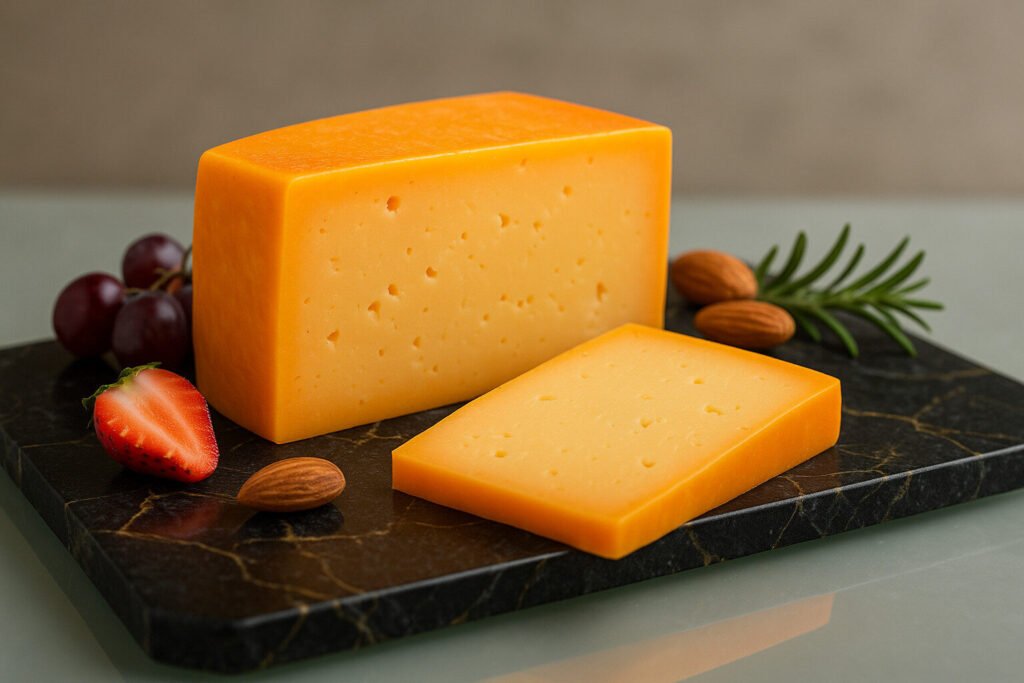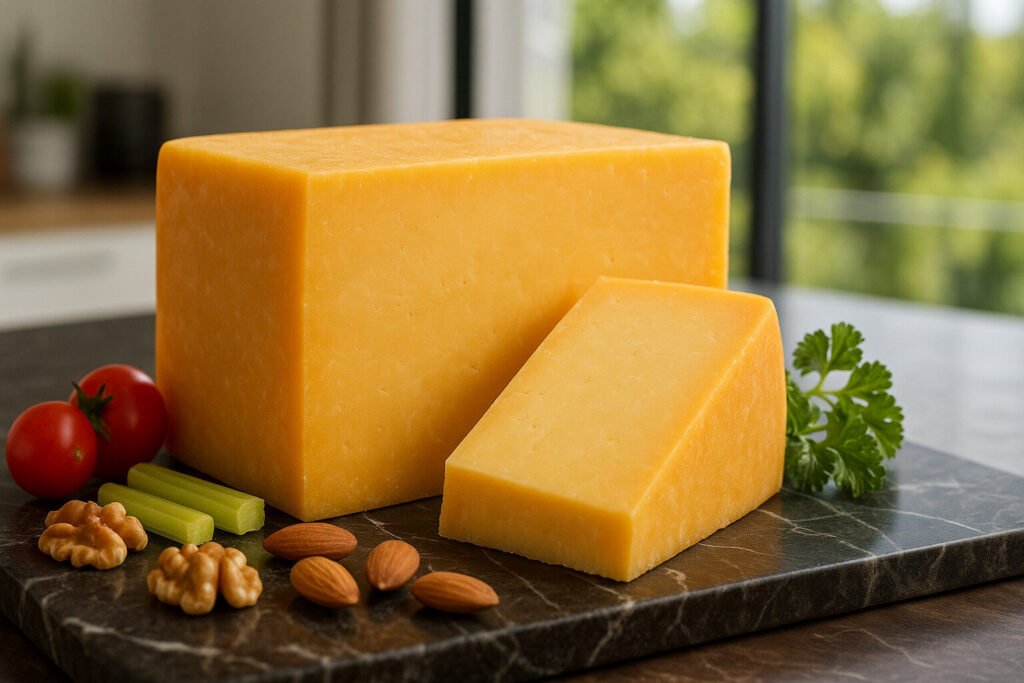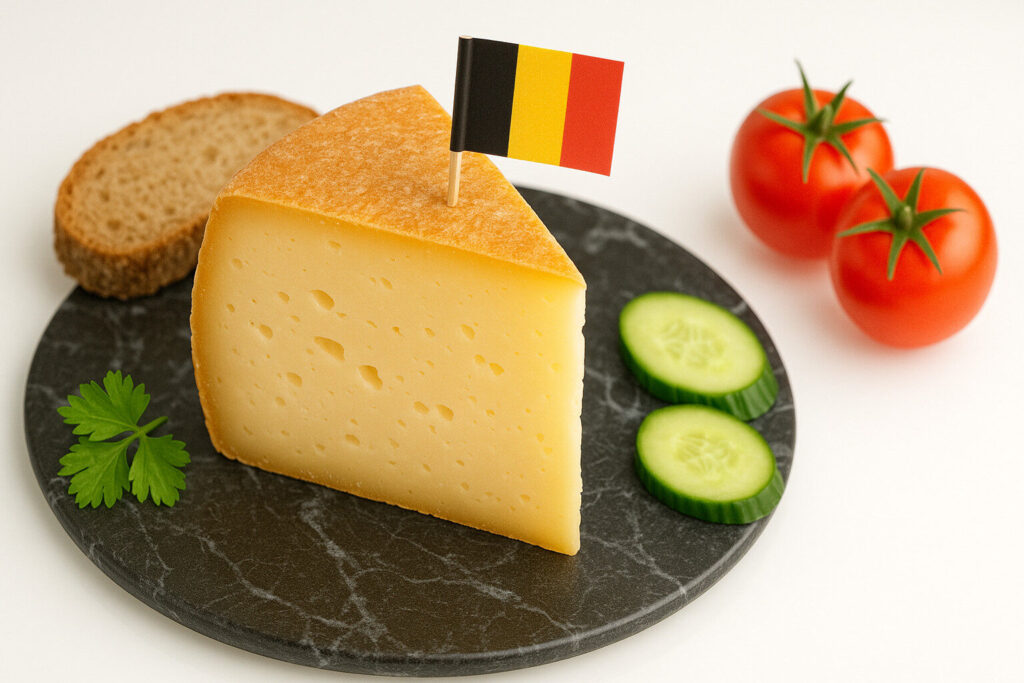Wax-Coated Cheese
Definition and Scope
Wax-coated cheese refers to varieties sealed with a protective layer of food-grade wax. This technique creates a barrier against air and moisture, preventing mold growth and moisture loss. The coating extends shelf life significantly, allowing cheeses to age for months or years without refrigeration.
Common wax colors include red, black, and yellow, sometimes indicating specific cheese types or aging periods. This method is primarily applied to firm, aged cheeses like Gouda, Edam, and Cheddar. The wax must be removed before consumption and does not interact with the cheese’s flavor profile.
Production Process
Wax application occurs after initial cheese formation and pressing stages. Cheeses are first air-dried to form a natural rind, then dipped in molten food-grade paraffin wax. Multiple thin layers ensure complete coverage without cracks or gaps that could compromise protection.
The wax hardens rapidly, forming an airtight seal around the entire cheese wheel or block. This process requires precise temperature control to maintain wax viscosity and prevent cheese damage. Producers typically apply wax at temperatures between 130-150°F (54-66°C) for optimal results.
Sensory Profile
Wax coating itself contributes no flavor to the cheese, serving purely as protective packaging. The cheese develops its characteristic taste through aging processes occurring beneath the wax layer. This method typically produces firm-textured cheeses with concentrated, crystalline structures.
Protected aging allows flavor compounds to develop complexity without external contamination. Wax-coated cheeses often exhibit nutty, caramelized notes with reduced moisture content. The texture ranges from semi-firm to hard, becoming more granular with extended aging periods.
Practical Applications
Wax coating enables long-term storage and transportation without refrigeration requirements. This made historically important for cheese export and seasonal production preservation. The method remains popular for artisanal producers needing stable aging conditions.
Retail wax-coated cheeses require no special handling beyond cool, dark storage areas. Consumers benefit from extended purchase windows and consistent product quality. The wax also provides clear branding opportunities through colored coatings and label imprints.
Regional Examples
Dutch cheeses represent the most famous wax-coated varieties, particularly Edam and Gouda. Edam traditionally features red wax coating, while Gouda appears in yellow, red, or black wax depending on age. These cheeses have been wax-coated since the 14th century for export preservation.
English territorial cheeses like Cheddar frequently employ black wax for extended maturation. American artisanal producers adopted the technique for cloth-bound cheddar alternatives. Some Swiss and Scandinavian producers use wax coatings for export versions of their native cheeses.



